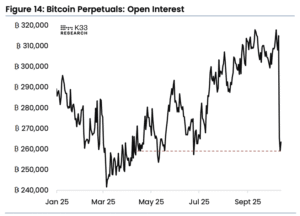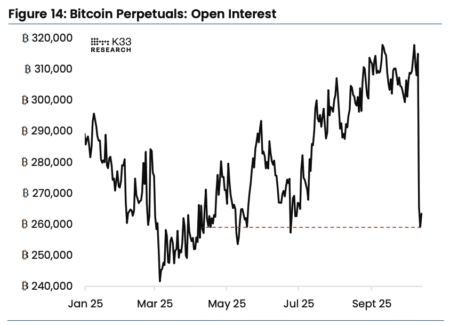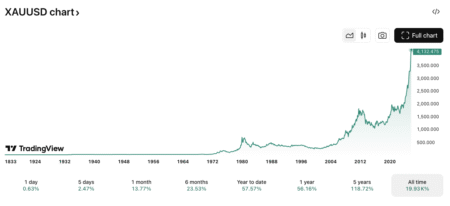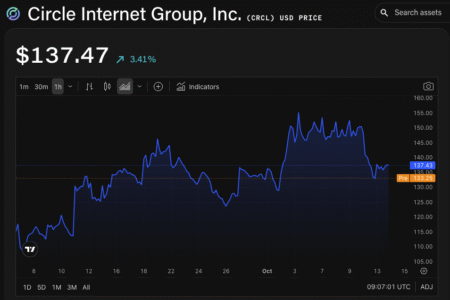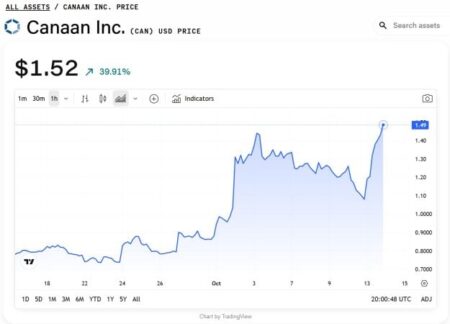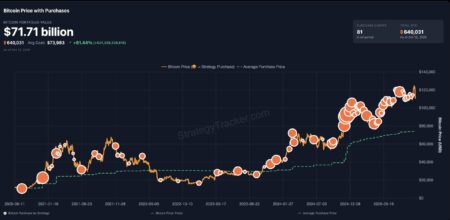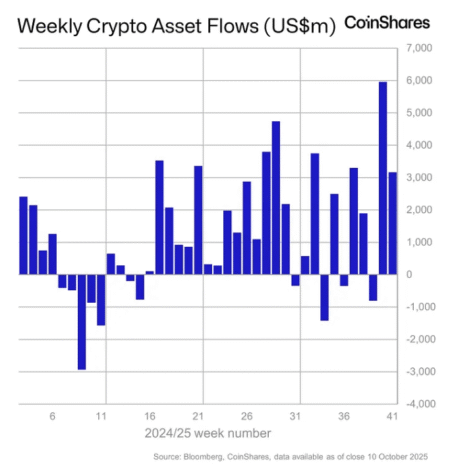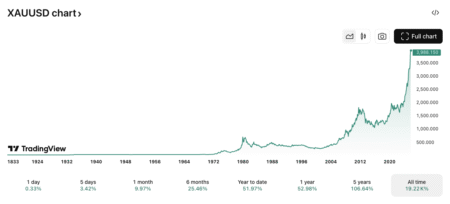Crypto Investment Products Experience Significant Outflows Amid Market Volatility
Recent trends in cryptocurrency investment highlight a significant shift in investor sentiment as wealth management firms, including BlackRock, Grayscale, and Fidelity, reported net outflows of approximately $1.4 billion. According to CoinShares, this marks the largest withdrawal since March of this year, reflecting a decline in risk appetite among investors. Particularly concerning were the movements in Bitcoin and Ether funds, which both witnessed negative flows. This article delves into the implications of these outflows and the overall market response.
The Data Behind the Outflows
Data from CoinShares reveals that Bitcoin funds experienced the most substantial impact, accounting for around $1 billion of the total withdrawals. Ether products added approximately $440 million to these outflows, indicating that both major cryptocurrencies are struggling to retain investor confidence. Notably, the bulk of the investor exits were concentrated in countries such as the U.S., Sweden, and Switzerland. Conversely, Germany and Canada remarkably recorded slight inflows, perhaps suggesting a more stable outlook in those markets.
Impact of Macro Economic Conditions
Analysis by James Butterfill, the head of research at CoinShares, highlighted the volatile nature of asset flows during the week. Following the initial turmoil, where nearly $2 billion was redeemed, there was a slight stabilization, leading to about $594 million in net inflows after remarks from Federal Reserve Chair Jerome Powell at the Jackson Hole Symposium. Powell hinted at potential rate cuts, leading to a temporary resurgence in crypto prices. However, this highlight serves as a reminder of how interconnected cryptocurrency markets are with broader economic conditions, as investor sentiments remain sensitive to macroeconomic signals.
Fluctuating Investor Sentiment
According to CoinShares, investor sentiments shifted notably throughout the week, especially post-Powell’s address, which was interpreted as dovish. This change sparked renewed interest and resulted in the inflows mentioned earlier. Despite the negative trends for Bitcoin, the net inflows for Ether — totaling around $2.5 billion — signify an ongoing interest in this altcoin. This reflects a critical turning point, demonstrating that various factors, including macroeconomic indicators, can significantly influence capital movements in the crypto space.
Altcoin Performance: A Mixed Bag
While Bitcoin and Ether dominated headlines, altcoins presented a more varied performance landscape. XRP managed to capture around $25 million, while Solana and Cronos brought in approximately $12 million and $4.4 million, respectively. In contrast, some altcoins like Sui and Toncoin faced outflows of $12.9 million and $1.5 million. Such mixed results underscore the complexities within the altcoin market, where investor preferences can fluctuate widely based on market trends and individual project developments.
Understanding Investor Behavior
The overall trend indicates that investors are cautious, with many opting to exit large-cap assets during periods of heightened volatility. It is crucial for those involved in crypto investment to monitor macroeconomic indicators regularly, as they can significantly impact asset flows. As observed, crypto flows are highly reactive to wider market sentiments and positions in listed derivatives, suggesting that the landscape continues to evolve rapidly amid economic uncertainties.
Final Thoughts on the Crypto Landscape
As the crypto market experiences highs and lows, it remains essential for investors to stay informed about economic indicators and market sentiments. The current outflows of $1.4 billion from major investment products highlight a larger trend of cautious investment behavior amid uncertainty. However, the resilience shown by altcoins, particularly Ether, suggests that investment opportunities may still exist for those willing to navigate the complexities of the crypto space. As investors consider their next moves, understanding the broader implications of economic signals will be vital for navigating the volatile crypto landscape effectively.

